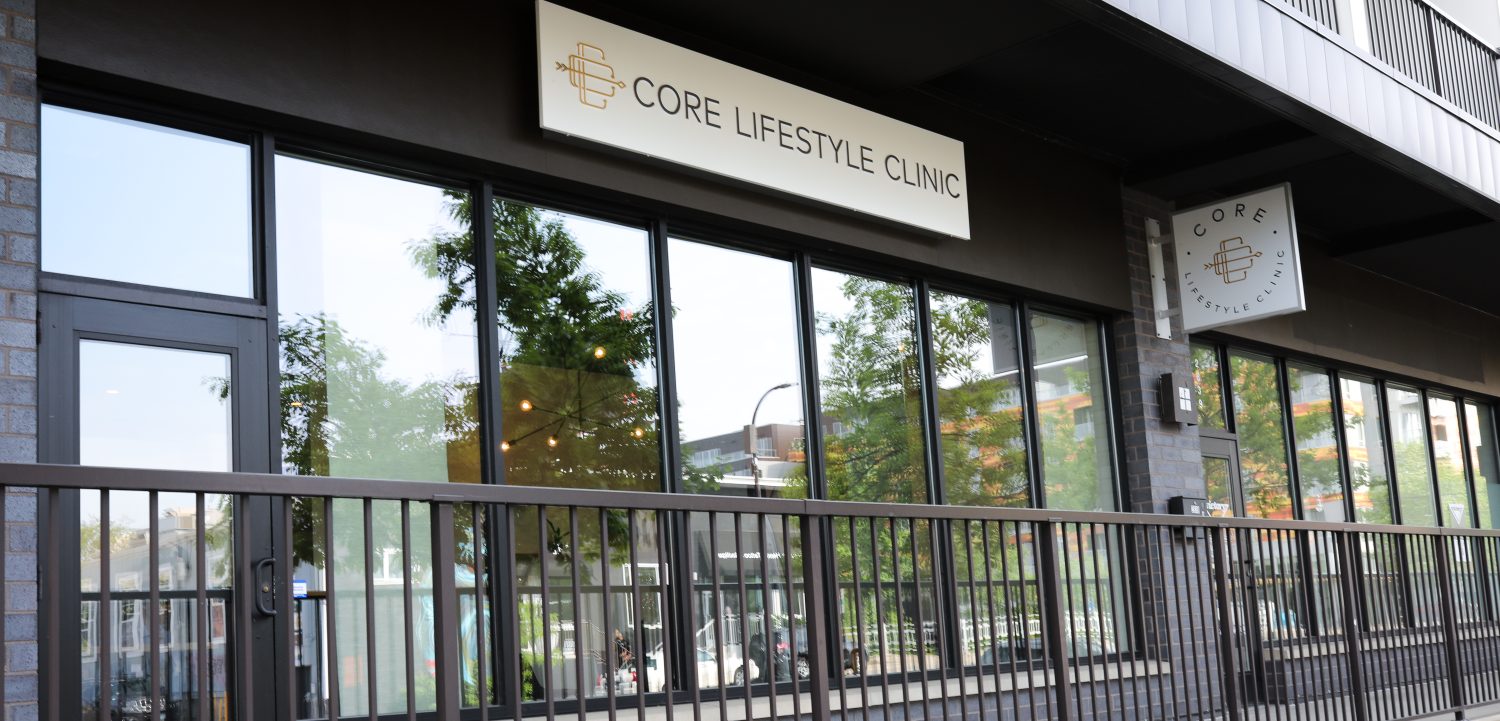Deep Tissue Massage in conjunction with the Chiropractic adjustment
Chiropractic and massage therapy work together simultaneously creating a synergistic effect resulting in much faster recovery time. Correction of one’s structure often occurs more easily and with less discomfort when both modalities are used together. The positive results of chiropractic care last longer when muscle tension is released, which might otherwise pull one’s structure back out of alignment.
Since massage therapy is good for the nervous system it is usually done before chiropractic treatments are given. The adjustments are much more effective this way. Sometimes the body can be so stiff that it resists the adjustments. When it becomes relaxed through massage, it allows the doctor of chiropractic to more easily realign various parts.
Chiropractic treatment is useful for treating people that are under constant physical and/or mental stress. Massage therapy can also be part of this treatment because of its beneficial effects. A person can be healthy in every other way, but have physical pain caused by tightness and stress. Through massage and chiropractic techniques they can be helped.
Massage, when used with chiropractic treatments, is also good for physical injuries such as those that happen in auto accidents. Injuries occurring from a variety of other activities as well as physical pain from stress benefit from both treatments. The immune system is stimulated by massage and chiropractic treatments along with blood circulation. By doing massage you are using the body’s natural energy to heal itself.
Since the massage increases the blood flow it can also help relieve headaches. Many people suffer from these on a regular basis. The improved circulation helps to decrease the pain and stimulate nerve flow.
You must be aware of the signs your body gives you for spinal stress, so that you can get to the chiropractor at the first signs of dysfunction. Spinal distress can bring on a tingling sensation in the legs, shoulder, and arms and sometimes even numbness. This is why it is important to address spinal problems immediately. Chiropractic and massage therapy can not only correct the problem but restore your natural energy that becomes lost when dealing with spinal distress.
The bottom line is that chiropractic and massage therapy are compatible forms of health care that share the goal of your total well-being, not simply an absence of illness. Both offer natural hands-on, drug-free techniques. They can be used as preventative as well as restorative therapies. When used in combination, they help you maintain your optimum health and wellness.
We now offer massage therapy at both our Uptown and Plymouth locations! Schedule online or give us a call to book your next massage!
Plymouth- 763-205-3783
Uptown- 612-872-9596




